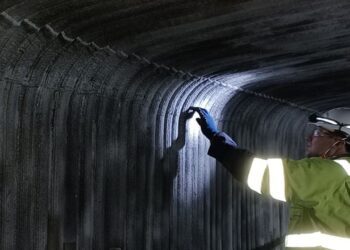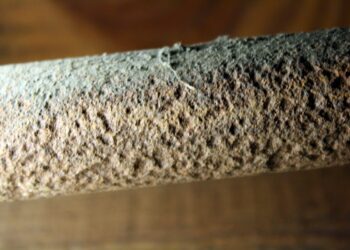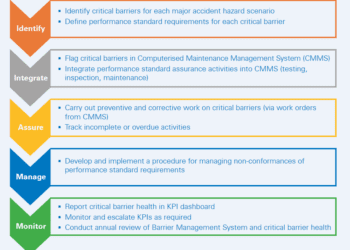A modern introduction to Reliability-Centred Maintenance (RCM)
When Stan Nowlan and Howard Heap of United Airlines introduced Reliability-Centred Maintenance (RCM) in 1976, it is reasonable to assume they could not have envisaged that RCM would become the cornerstone of preventive maintenance regimes across multiple industries. They may not have imagined either the advances in condition monitoring technologies and data analytics that have enabled huge strides in determining the optimal point when maintenance is required.
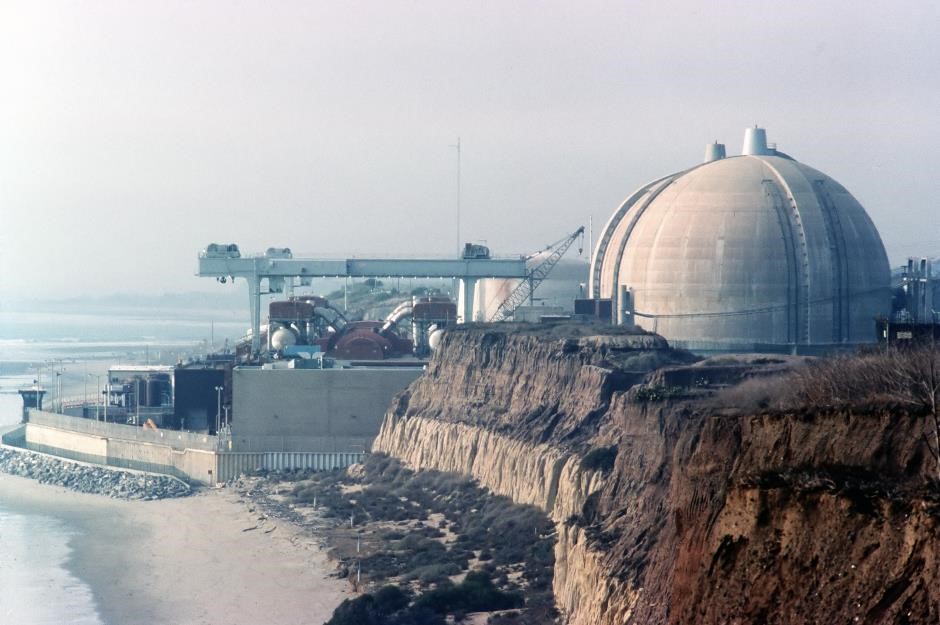
WHAT IS RCM?
RCM is the process of determining the most effective maintenance approach, such that the function of the equipment is preserved, with the required reliability and availability at the lowest cost.
In their seminal work (Ref. 1), Nowlan and Heap stated RCM’s objectives:
- To ensure realisation of the inherent safety and reliability levels of the equipment.
- To restore the equipment to these inherent levels when deterioration occurs.
- To obtain the information necessary for design improvement of those items whose inherent reliability proves to be inadequate.
- To accomplish these goals at a minimum total cost, including maintenance costs, support costs and economic consequences of operational failures.
The current established international standards for RCM are captured in SAE JA 1101 and 1102 (Refs. 2, 3).
HOW HAS RCM EVOLVED?
The objectives and processes of RCM have not changed fundamentally since its introduction – RCM-derived Preventive Maintenance (PM) tasks continue to preserve functionality. Neither has the basic nature of PM interventions – a pump overhaul remains a pump overhaul, for example. RCM simply helps determine if the overhaul is applicable and effective.
Traditionally, interventions were scheduled according to a conservative, and often notional prediction of ‘wear-out’. Today, modern maintenance management draws heavily upon Condition-based Maintenance (CbM) to determine when maintenance is required. CbM techniques for performance monitoring of plant operating parameters, such as temperatures, pressures and mass flows that are recorded during operator rounds, combined with more sophisticated condition monitoring, e.g. vibration, thermography and oils analysis, has helped to reduce scheduled interventions. That is to say, intervention only takes place when early signs of incipient failure flags up a need to do so.
What has changed and continues to develop are the technologies available for condition monitoring. Performance monitoring of industrial plants using new sensor technologies can help reduce unplanned losses and provide an accurate indicator of impending faults when combined with traditional condition monitoring methods. This can help optimise planned maintenance shutdowns, avoid unplanned losses and reduce cost.
MODERN TECHNOLOGIES AND DATA ANALYTICS
Within the UK nuclear industry, for instance, performance monitoring of plant operating parameters via ultrasonic technology is a contemporary approach which is currently being piloted. Ultrasonic sensor technology offers clear benefits, including:
- Reduced installation costs due to a minimal requirement for cabling.
- Easy to deploy over long distances (maximum range 80m).
- Fast set up time.
- Poses no Radio Frequency Interference (RFI) hazard to plant and can thus be used in all areas.
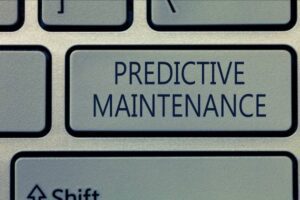
Making plant data available on a central database platform allows data to be easily accessible on a single screen that can then be remotely viewed by system engineers and operators. Having a centralised data platform creates a ‘one stop shop’, providing the capability to interface between many different monitoring systems, and store and analyse data in one place.
Integrating performance monitoring data with traditional condition monitoring data provides an overall context of system health. The methods for displaying data have also evolved in recent years so that data is more readily interpreted, e.g. the use of wireless tablets to support operational plant walk downs and remote thermal imaging technologies to highlight abnormal component temperatures.
Trending data on a continuous basis over extended periods is key as it can be used to assess the condition of plant in service, historically and currently, while predicting defects in critical components using rate of change analytics. Other analytical methods such as early anomaly detection offer real-time warnings; and setting up notifications to warn engineers of ‘exceptions’ in system health prior to unacceptable degradation enables early intervention.
SO IS MODERN TECHNOLOGY THE SOLUTION?
Clearly, monitoring technologies and data analytical methods are now becoming sufficiently mature to achieve the objectives of RCM in innovative ways. Yet even with these improvements, an unwillingness to trust this information remains a barrier to its use as the basis for intervention. In the most conservative of industries – the civil nuclear sector – the International Atomic Energy Agency (IAEA) has long advocated the adoption of CbM but highlights the challenges that must be overcome:
“Do you listen when your equipment speaks to you, or do you wait and see what will happen? Today’s problem does not lie in the knowledge that there is new technology or whether to use it in daily maintenance. Instead the difficulty often lies in letting go of the ‘old’ methods (tried and tested), being able to change to a new culture and breaking the traditional barriers. For the nuclear industry to achieve the results from CbM we must be willing to dare to change the organisation, responsibilities, established routines, and trust the surveillance-control, the newly adopted knowledge, and the newly developed competence for steering daily maintenance. Additionally, we must move resources from the traditional maintenance role and focus them on developing the new surveillance-control, follow-up, and analysis processes.” (Ref. 4).
CONCLUSION
Fundamentally the objectives and processes of RCM have not changed since it was introduced to industry from the aviation sector in the late 1970s. What has changed are new monitoring technologies and data analysis methods that enable more accurate timing of maintenance interventions. However, unless an organisation tackles the cultural and resource challenges inherent in letting go of the old to embrace the new, the benefits will stay tantalisingly beyond reach.
This article first appeared in RISKworld Issue 35
References:
- Reliability-Centered Maintenance, F.S. Nowlan and H.F. Heap, United Airlines, for Office of Assistant Secretary of Defense, 1978.
- Evaluation Criteria for RCM Processes, SAE JA 1101, 1999.
- A Guide to the RCM Standard, SAE JA 1102, 2002.
- IAEA TECDOC 1551, 2007.

